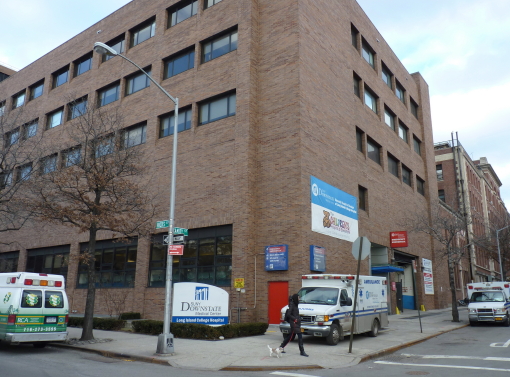SUNY announces agreement with developer Fortis to replace LICH with condos
Long Island College Hospital appears fated to disappear in real estate deal

Moving one step closer to a real estate deal which would close a historic hospital in Cobble Hill, Brooklyn, the State University of New York (SUNY) announced late on Sunday an “agreement in principle” with Fortis Property Group for the purchase of Long Island College Hospital’s (LICH) 20-building complex.
Fortis is partnering with L + M Development Partners and Full Spectrum NY to build market rate housing. In their proposal, Fortis said it would add a “significant component” of affordable housing “provided the necessary density and programming is made available by the City and State.”
Fortis, which will not maintain a hospital at the site, was the developer originally chosen by SUNY before a legal battle forced it to reissue its Request for Proposals (RFP). With input from the community, patients, officials and hospital staff, the reissued RFP contained language designed to favor the sale of the LICH property to a hospital operator. Despite this language, six of the 18 evaluators ranking the bids gave more points to non-hospital proposals, putting Fortis in third place.
